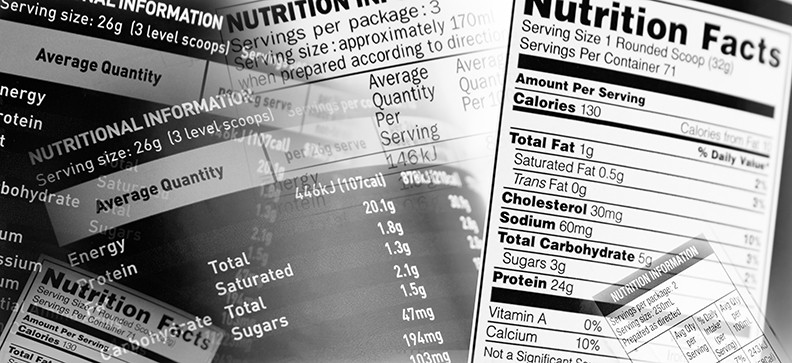Understanding Food Labeling: Important Information for Our Nonprofit Partner Agencies
Have you ever felt confused trying to understand the labels on your food like "Low fat," "Organic," or "Lite"? You're not the only one! At Midwest Food Bank, we believe in "Embracing Our Communities." Part of this commitment is helping everyone make sense of those tricky food labels. Here are some essential insights into understanding various food labels.
Fat Content Labeling
Fat content labeling aids in identifying healthier options:
- Low Fat: 3g or less per serving.
- Low-Saturated Fat: 1g or less per serving, with no more than 15% of calories from saturated fat.
Sodium Content Labeling
Monitoring sodium intake is vital for health:
- Low Sodium: 140 mg or less per serving.
- Very Low Sodium: 35 mg or less per serving.
Cholesterol Content Labeling
- Cholesterol: 20 mg or less per serving, promoting heart health.
Calorie Content Labeling
- Low-Calorie: 40 calories or less per serving, essential for weight management.
Meat Labeling
Understanding meat labels can help identify leaner, healthier options:
- Lean: Less than 10g of total fat and less than 95 mg of cholesterol per serving.
- Extra Lean: Less than 5g of total fat and less than 95 mg of cholesterol per serving.
Nutrient Labeling
Nutrient labels help highlight the nutritional value of food products:
- High in/Rich in/Excellent Source of: Indicates that the food contains 20% or more of the daily value of a specific nutrient.
- Good Source/More/Enriched/Fortified/Extra/Plus/Added: Contains 10% to 19% of the daily value for a certain nutrient.
- Reduced: Food has been altered to reduce at least 25% of a specific component.
- Less: Contains 25% less of a nutrient or calories than other food.
Light or Lite Labeling
The term "light" or "lite" can be particularly confusing but is essential for understanding overall health impacts:
- Refers to foods with one-third fewer calories or no more than half the fat of the regular versions or with reduced sodium content by at least 50%.
Organic Food Labeling
These distinctions help ensure that our agencies can identify and distribute organic food effectively to their clients:
- 100% Organic: Products must be made entirely of certified organic ingredients.
- Organic: At least 95% of the ingredients must be certified organic, with no more than 5% of the combined total ingredients comprising non-organic content.
- Made with Organic Ingredients: Products must contain at least 70% certified organic ingredients.
- Specific Organic Ingredients: Used for products with less than 70% certified organic content.
Midwest Food Bank uses this information to help our non-profit partners make decisions about the foods they select. It is part of ensuring the families we serve can enjoy the best possible foods. Understanding food labels can help them select the best and most nutritious options. Feel free to share this information with anyone who could benefit from it.
When you subscribe to the blog, we will send you an e-mail when there are new updates on the site so you wouldn't miss them.


